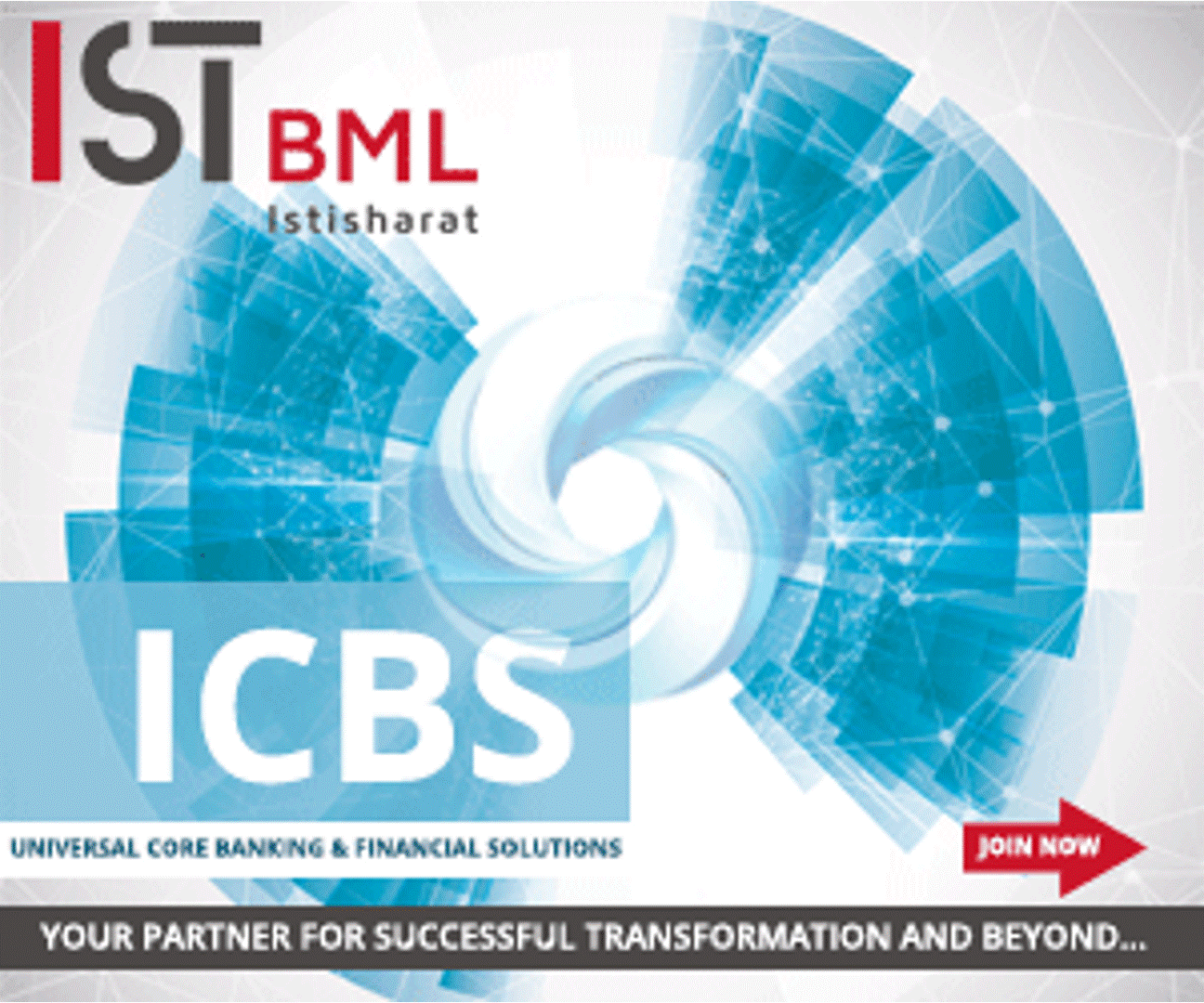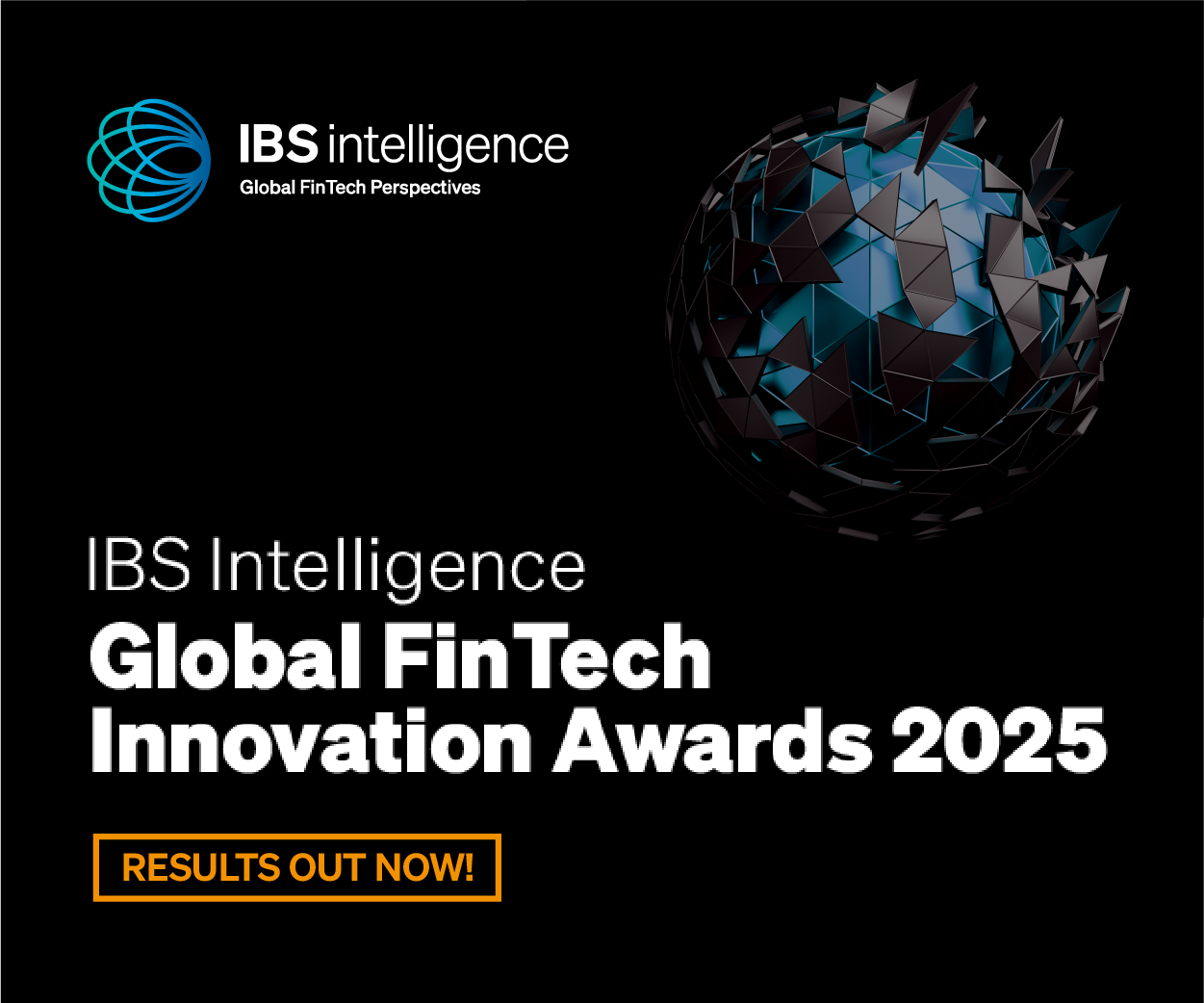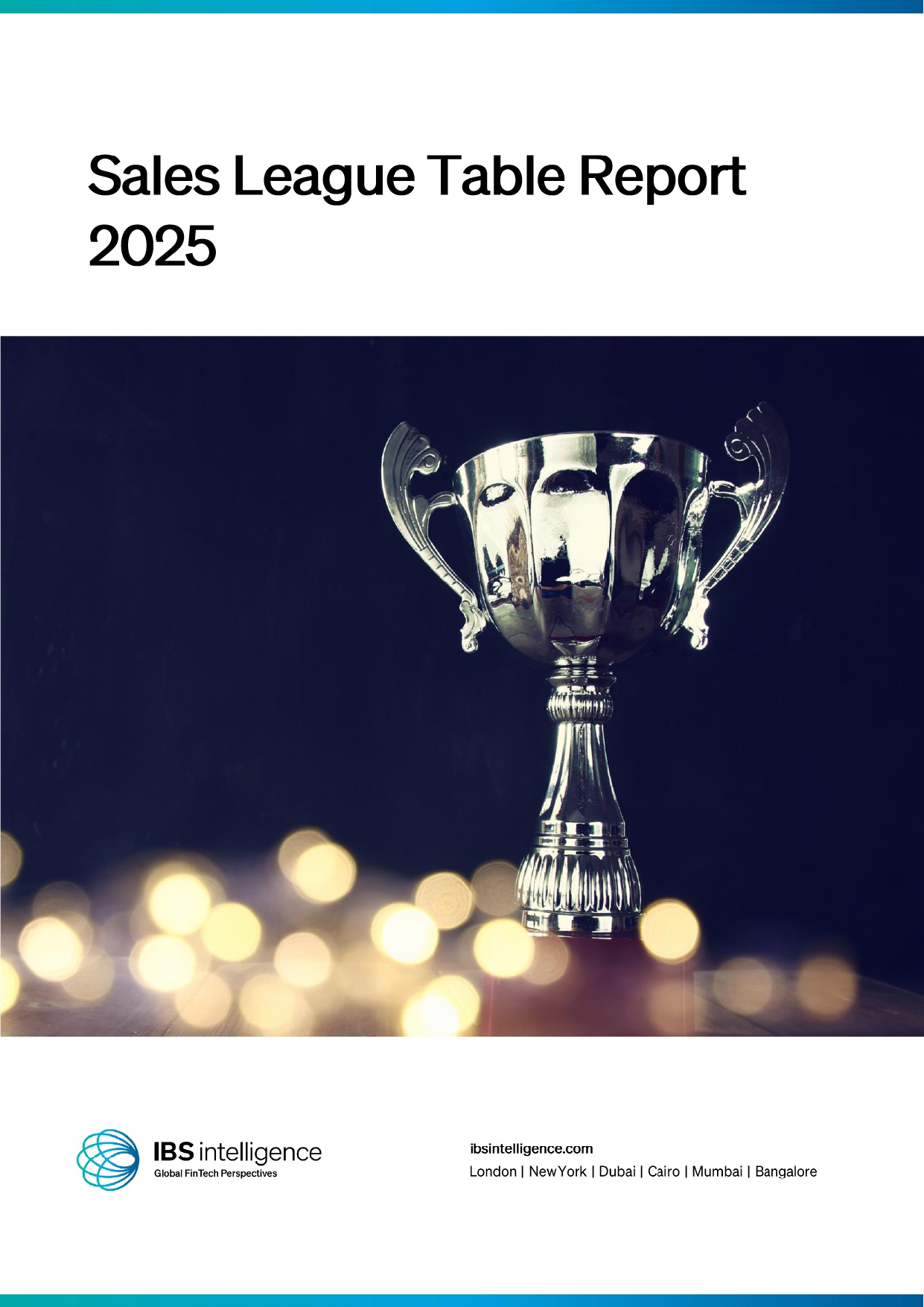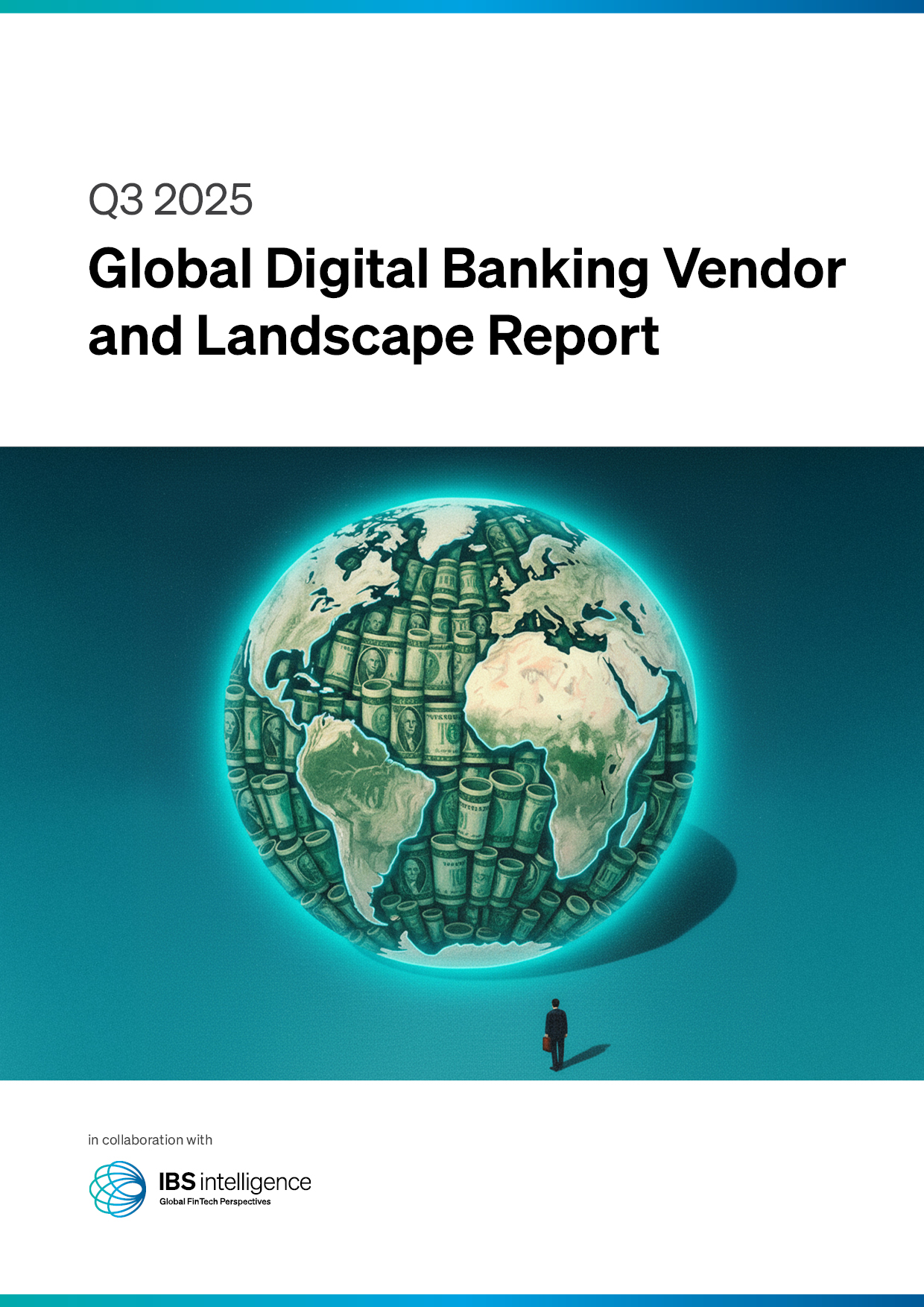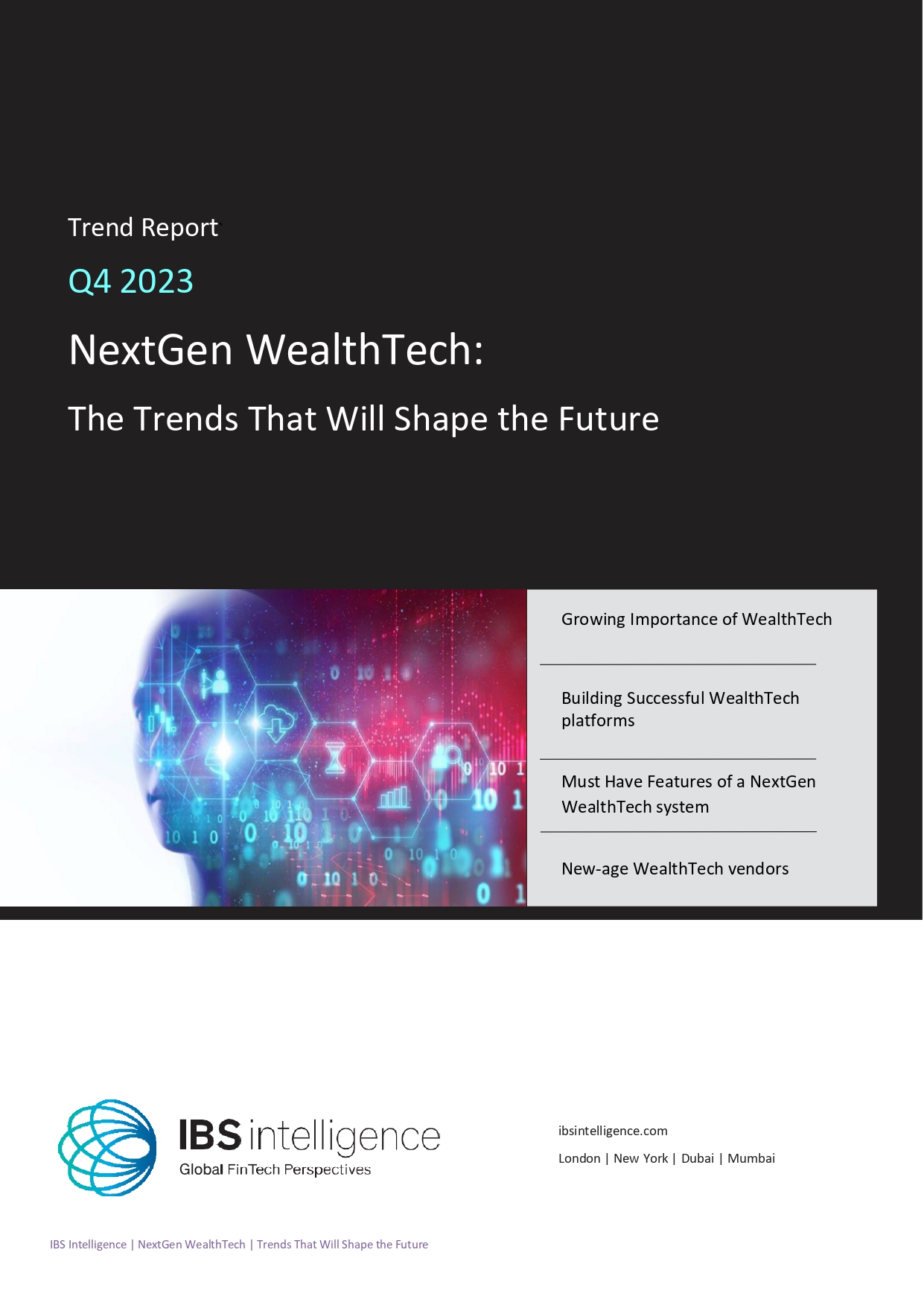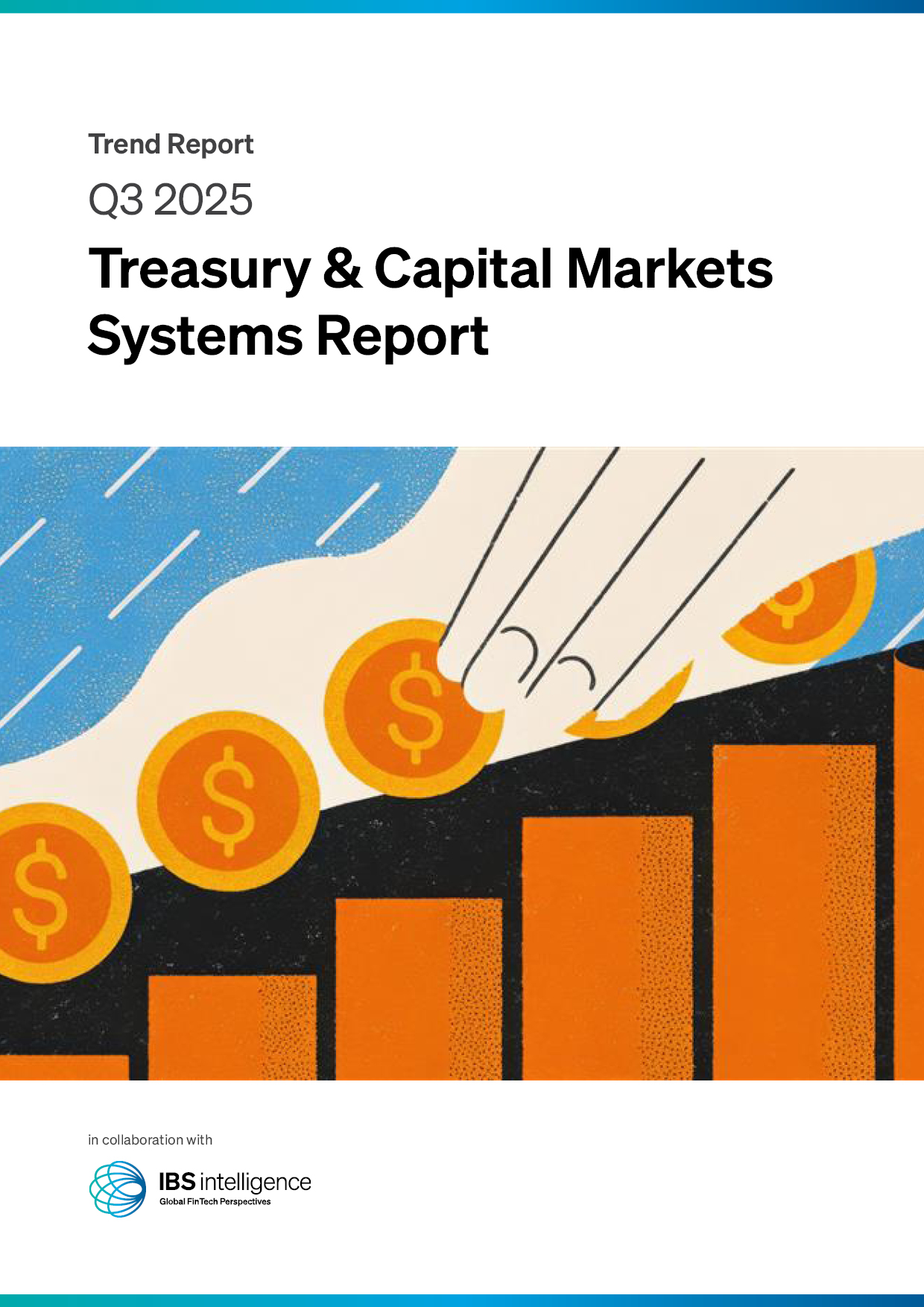 Back
Back
India’s digital payments face sustainability test as zero MDR bites
By Puja Sharma
 The Payments Council of India (PCI), the representative body of non-bank payment system participants in India, deeply appreciates the role of government incentives in supporting the adoption of digital payments. However, the PCI emphasises that sustaining long-term investments in payment processing, customer acquisition, and operational management remains a grave concern. As it stands, the current incentive structure is not a sustainable revenue model, placing the survival of many FinTechs at a serious risk without adequate support.
The Payments Council of India (PCI), the representative body of non-bank payment system participants in India, deeply appreciates the role of government incentives in supporting the adoption of digital payments. However, the PCI emphasises that sustaining long-term investments in payment processing, customer acquisition, and operational management remains a grave concern. As it stands, the current incentive structure is not a sustainable revenue model, placing the survival of many FinTechs at a serious risk without adequate support.
Zero MDR (Merchant Discount Rate) Policy refers to the government’s directive that payment service providers cannot charge merchants any fee (MDR) on transactions made through certain digital payment methods, such as UPI and RuPay debit cards.
While this policy encourages digital payment adoption among small businesses by making transactions free for them, it has raised concerns about the sustainability of payment service providers. These firms rely on MDR as a key revenue stream to cover costs related to infrastructure, transaction processing, fraud prevention, and innovation. Without MDR or adequate government incentives, fintechs and payment processors struggle to sustain and scale their operations.
The PCI appreciates the government’s efforts to provide subsidies to support the promotion of low-value BHIM-UPI transactions (P2M). However, the ₹1500 crore (~$175 million) allocation for FY 2024-25, while a step in the right direction, is insufficient to meet the needs of the rapidly expanding digital payments infrastructure. The payment service providers are already struggling with increasing deployment, servicing, and regulatory compliance costs. It is pertinent to note that the ₹1500 crore allocated incentive is inadequate for the industry to sustain. Given the current state of the payment service, the industry had expected either higher incentives or the introduction of a controlled MDR for large merchants (with a turnover of more than ₹40 lakhs), but neither has materialised. As a result, the financial sustainability of the payment service providers is at severe risk. Without a viable revenue model, some FinTech players may need to scale back operations, slow down innovation, or reassess their market presence, which could impact the broader digital payments landscape.
A long-term, sustainable solution must be explored to ensure UPI’s growth. Large merchants are accustomed to controlling MDR on different modes of digital payments. The absence of MDR on Rupay and UPI is resulting in entities not being able to invest in acquiring new customers. Thereby restricting the growth, broader adoption, and long-term viability of UPI.
Mr. Vishwas Patel, Jt MD, Infibeam Avenues, and Chairman of the Payments Council of India, said, “Continual growth, progress, and penetration of the UPI to the next 300 million Indians should be the only aim and goal for all of us. With Zero MDR on the UPI and the government allocating only ₹1,500 crores for processing transactions worth ₹246.82 lakh crores in 2024, it is much less than what is required. It will hamper the ecosystem from accessing funds needed for scaling and growth. The ecosystems expectation was for a higher incentive than last year’s ₹3,500 crores ($406 million), and the current allocation of ₹1,500 crores may fall short of sustaining the pace of progress.”
He added, “With the ongoing challenges faced by the FinTech industry, it will be increasingly difficult to onboard new users to the digital payments system, especially in areas where deployment and servicing costs are rising, along with increased regulatory compliance costs. To help support long-term growth, we urge the government to allow nominal, controlled MDR on UPI and Rupay P2M transactions for large merchants while continuing Zero MDR incentives for smaller merchants. The UPI P2P transactions could remain without charges. This approach could provide a more balanced solution that supports the growth and sustainability of the digital payments ecosystem.”
IBSi FinTech Journal
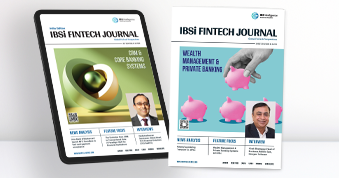
- Most trusted FinTech journal since 1991
- Digital monthly issue
- 60+ pages of research, analysis, interviews, opinions, and rankings
- Global coverage

